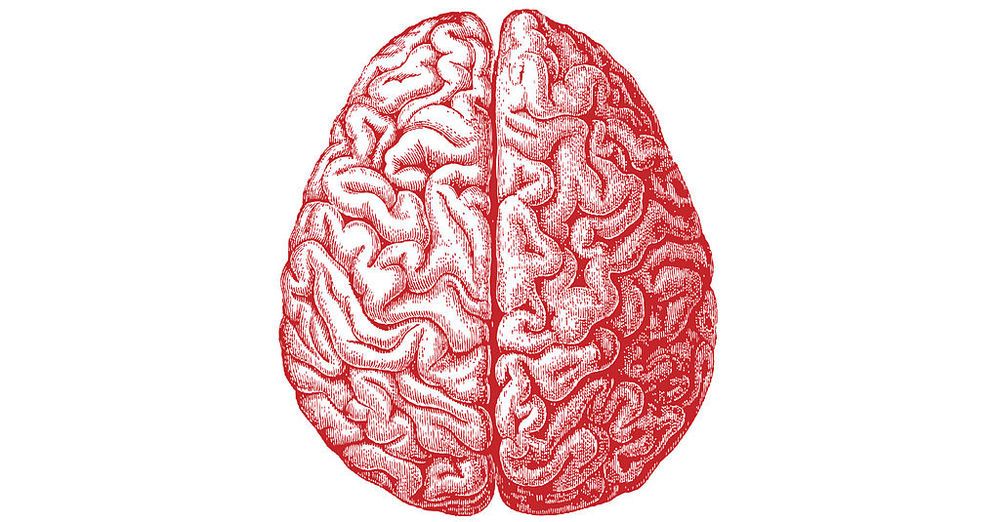While billions have now been spent on researching dementia in its various forms, progress is still limited and the underlying triggers are still not clear. The majority of research over the past 30 years has revolved around targeting the amyloid plaques that build up in the disease, but this has resulted in limited success. Is it time to focus resources on other hypotheses instead?
The real problem with tackling these conditions is the sheer complexity of the brain and biology. Research is usually a trial and error process filled with intelligent guesswork, but this means it can often take a great deal of time to establish what’s actually going wrong. The cause or effect conundrum is a significant roadblock in research and working out which aspects drive a disease and which are a result of another malfunction can take serious resources and time. When researchers first began analysing Alzheimer’s patients, perhaps the most obvious feature was the now famous amyloid plaque, but while amyloid may seem like a clear culprit because it’s so clearly out of place, it could easily be a smokescreen; the reason why it appears at all may be far more relevant than the plaque itself.
